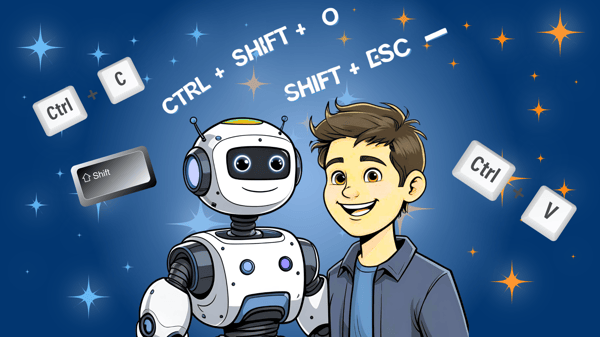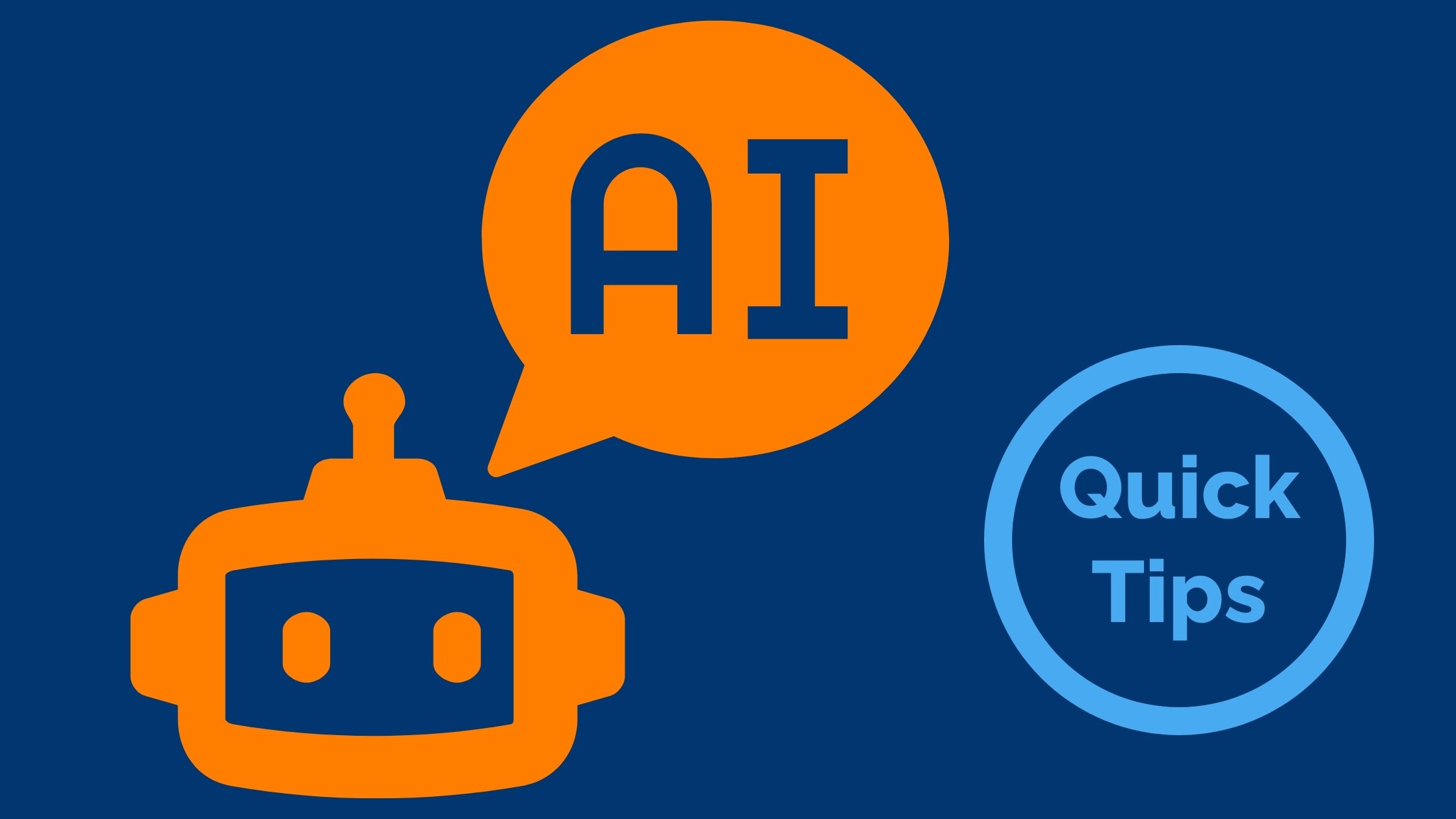With the release of GPT-5, OpenAI hoped to make things less confusing for the average ChatGPT user. I’m not sure they succeeded.
The idea was to present GPT-5 as one model and abstract away the complexity of 5+ models that people have to choose from. Beginner and some intermediate ChatGPT users often have issues with knowing which model to choose and how the models are different from each other.
GPT-5 has a router that, well, routes the prompt to the appropriate model behind the scenes so users don’t have to know that it is really the same number of models as there were before.
It may be confusing for the people who figured out which models they liked for certain requests, especially when the router doesn’t send the new requests to the correct model.
The reason why I am mentioning this is because there is a 1:1 mapping of old models to new models. If you know what that is then you can (possibly) prompt ChatGPT to route your request to the model that you want.
Here are the mappings of the previous models to the GPT-5 models (per OpenAI’s documentation) -
|
Previous Model |
GPT-5 Model |
|
GPT-4o |
gpt-5-main |
|
GPT-4o-mini |
gpt-5-main-mini |
|
OpenAI o3 |
gpt-5-thinking |
|
OpenAI o4-mini |
gpt-5-thinking-mini |
|
GPT-4.1-nano |
gpt-5-thinking-nano |
|
OpenAI o3 Pro |
gpt-5-thinking-pro |
If you didn’t have the old models figured out then I don’t think that this will help you much…
If you do know which model(s) you want, you can ask ChatGPT to use that model (may or may not work) or choose the model directly if you use the API.
If none of this makes sense, it’s okay. They’ll probably change it by the time you read this anyway so it won’t matter.

Save Time, Skip the Mouse
ChatGPT can do more than chat, it can save your wrists and your sanity. Our ChatGPT for Complete Beginners course is full of shortcuts (literal and figurative), and our blog tips are like bonus time-savers you didn’t know you needed.


Comments